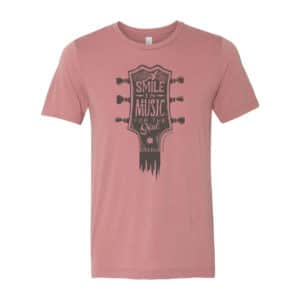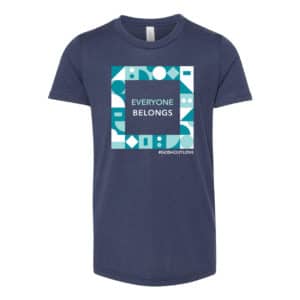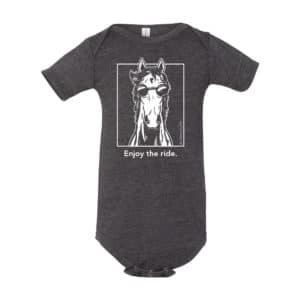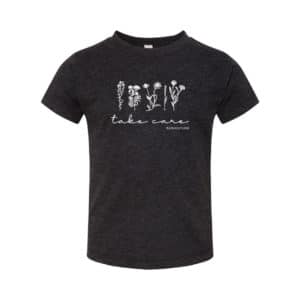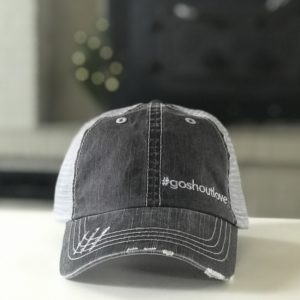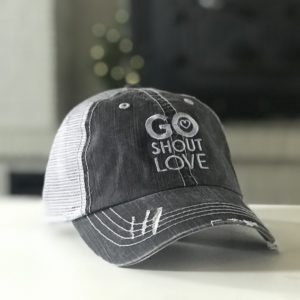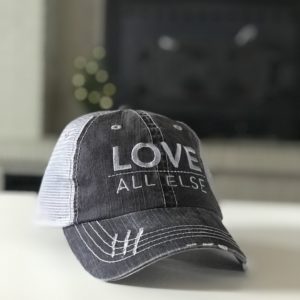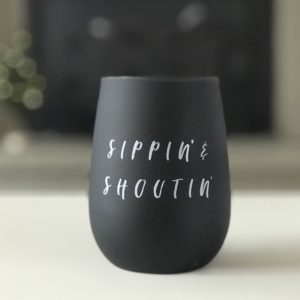Meet Nathaniel
Nathaniel is a happy, resilient, and empathetic nine year old from St. Louis, Missouri, where he lives with his parents, Kim and Rich. Nathaniel loves playing with his cars and legos and enjoys reading a good book.
We invite you to watch his video, read his story and subscribe to our podcast to listen to an interview with his mom and dad.
In July 2013, Kim and Rich Rankin opened their home to an 8-month-old baby boy named Nathaniel who was born with a condition called Subglottic Stenosis, a narrowing of the airway below the vocal cords.
While this condition is not uncommon in babies who were perhaps intubated in a NICU, and as a result had scarring in their airways, Nathaniel’s case is congenital. Get ready for a brief anatomy lesson:
At one point, early on in pregnancy, the tube that becomes the airway opens up and the vocal cords form, but for Nathaniel, the tissue never completely opened. Nathaniel’s trachea was less than half the size of a typical infant’s. He received a tracheostomy immediately after birth. Along with the small airway, he was born with tissue covering his vocal cords, called a Laryngeal Web. Early on, doctors anticipated that reconstruction surgery would solve these complications.
When Nathaniel was 20 months old, the team learned that he was aspirating. Kim shares, “The doctors didn’t suspect this. We found out because one day the graham crackers he was eating came out his trach tube. All of a sudden, the plan changed because we didn’t want to enlarge his airway and allow more food to go down into his lungs.”
The family ended up going to Cincinnati Children’s Hospital for their airway digestive clinic. They looked at digestion, airway, and lung health all together. At the end of 2015, Nathanial went back and forth to Cincinnati for minor surgeries. Ultimately it was decided the solution was to do a Laryngotracheal Separation where they separated Nathaniel’s mouth and nose from his vocal cords and trachea.
Reflecting on Nathaniel’s medical journey, Kim shares, “I feel like the Subglottic Stenosis and Laryngeal Web was his main diagnosis from birth to that surgery but now his journey is more about the Laryngotracheal Separation since that disconnection defined what his abilities are moving forward. The surgery gave him the opportunity to eat because we didn’t have to worry about him aspirating anymore. What he lost with the surgery is the use of his vocal cords, forever. He doesn’t speak or have an audible laugh or cry. Even as his mom, I can’t differentiate whether he is laughing or crying if I’m not looking at him because it sounds the same. It’s just movement of air in the trach tube.
So when we say Nathaniel is nonverbal, it is due to his anatomy because he doesn’t get any air over his vocal cords.”
Up until the surgery, Nathaniel experienced a lot of feeding challenges with his g-tube, so gaining the freedom to eat has been wonderful. Some of Nathaniel’s favorite foods are pizza, peanut butter and honey sandwiches, and ice cream.
“I’m still working on vegetables with Nathaniel,” Kim chuckles.
Experiencing nutrition in a new way is just one of the wonders that the separation surgery gave Nathaniel; it also gave him stability. “Before the surgery, we had about 60-90 seconds to solve an airway crisis. Since the opening between his vocal cords was so small, he would start to suffocate almost immediately if his trach tube was blocked or dislodged.
I remember a couple years after the surgery, we went to see one of our other sons who lives out west. We visited the Capulin Volcano National Monument in New Mexico where we literally hiked the rim of a volcano. I remember standing up there, seeing how remote we were and thinking if there would have been an airway emergency, there was no one to help us. We were in the middle of nowhere and I realized that this moment would not have been possible if it weren’t for the surgery. It was a moment where I could not believe that this really medically-fragile child had improved to the point of being here, especially when no one would have thought he would be very far from a hospital let alone go to a national park.”
That stability has given the family the peace of mind to enjoy more activities with Nathaniel without living on the constant edge of sudden emergencies.
Nathaniel’s voice.
While many abilities have been gained, some were also lost, and for the first time, Nathaniel is starting to wrestle with those differences.
“We’re in a phase where Nathaniel is first understanding that he can’t talk, but wants to talk. In the last 6 months there has been an initial comprehension that he is different from other children. We’ve been taking time every week with him to better understand his story; what happened, why he needed separation surgery, what he gained from it and what he lost from it.
This acceptance is going to be a lifelong journey for him.”
While Kim may not be able to “fix” this part of Nathaniel’s journey, she passionately strives to fix what she can, and if there’s one thing she knows about it’s communication.
“Prior to adopting Nathaniel, I was getting a master’s degree in Composition and Rhetoric. Communication, words, and writing has always been something I valued. Even before his separation surgery, Nathaniel never used his vocal cords, but he has always been very communicative with his facial expressions, even as an infant.”
It was important to Kim that Nathaniel had a means of communication to accompany sign language so he would be able to share his thoughts with others. This began a journey into learning about augmented alternative communication (AAC) devices.
Nathaniel was 20-months-old when he started with AAC. His siblings provided him with an iPad and a communicative app that gave him potential access to 15,000 words (which was kind of unheard of in the AAC world).
“He needs all the words,” Kim emphasizes.
Nathaniel started with 5 words: go, stop, eat, mom and dad. Now at nine years old, Nathaniel’s vocabulary has grown to nearly 2,000 words.
Kim’s advocacy for communication hasn’t stopped. In 2019, a family friend who also has a child who is nonverbal reached out to Kim and shared that the public school would no longer be teaching their child how to read because he was ‘beyond the age where they do reading instruction.’
“The child was late elementary school age. I couldn’t believe it, so then I dove into literacy. I found that the University of North Carolina Chapel Hill has a Center for Literary and Disabilities Studies. I went to a training led by their professors and that’s how my advocacy for AAC morphed into advocating literacy for kids who are nonverbal.”
Since being on this journey with Nathaniel, Kim has been a keynote speaker at conferences regarding AAC and avidly shares on both her website and social media channels.
“I think I dove into the world of communication because I felt I could make a difference for Nathaniel. I couldn’t fix his airway, feeding problems and so many other things–but communication was the one thing I could do and offer him,” shares Kim.
–
An average day for Nathaniel looks like homeschooling, enjoying peanut butter and honey sandwiches for lunch, playing with his legos and cars, and enjoying a good book. He is known as being a very happy, resilient and emphatic nine-year-old. He also works hard in occupational, physical, and speech therapy.
Time to get loud shouters!
Throughout the month of March we will be shouting loud for Nathaniel!
So click here to shop now where every purchase in March will be used to help purchase a bike trailer to allow Nathaniel to go biking with his family.
To help support kiddos like Nathaniel every month, click here to start a monthly subscription.
Learn more from Kim about AAC and literacy for kiddos who are nonverbal:














































